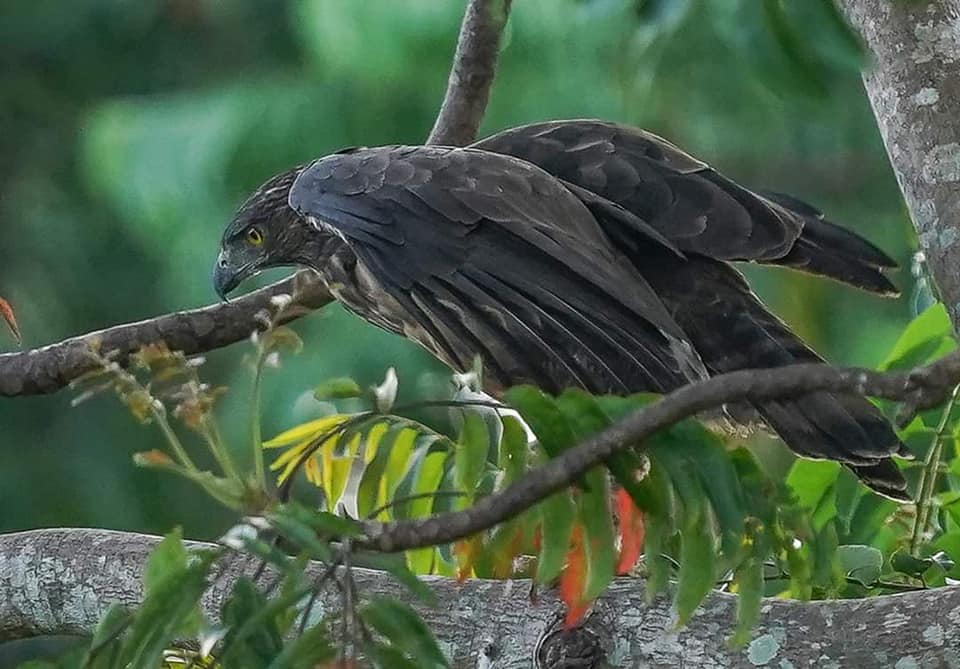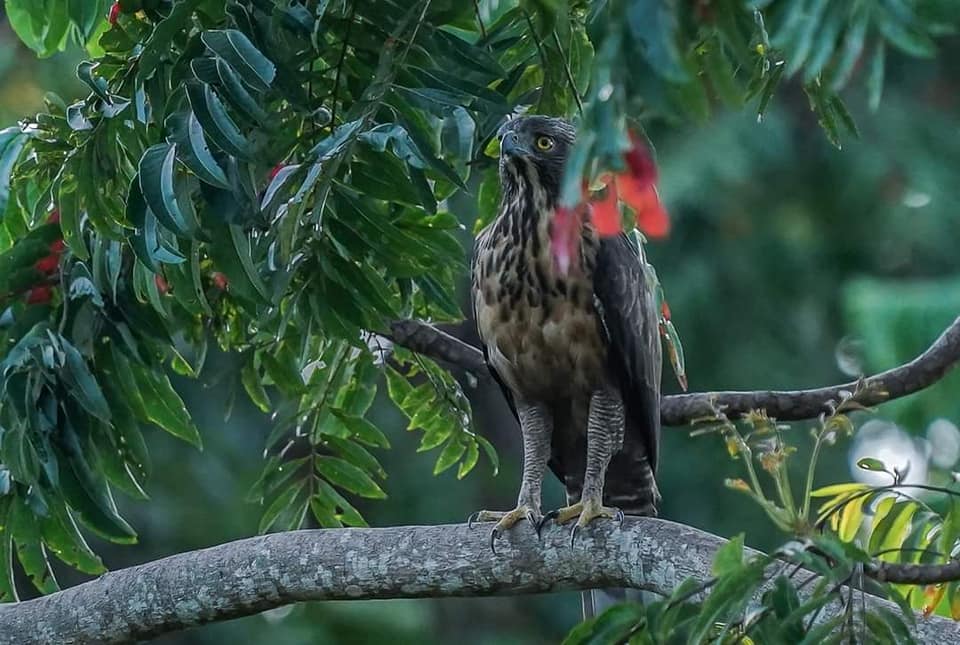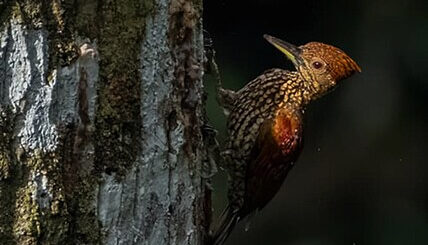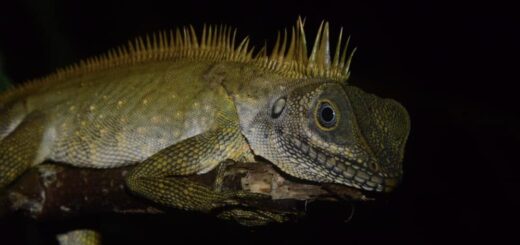Lawin – A Closer Look at the Philippine Hawk-Eagle

The Philippines is home to a diverse range of wildlife, but few species capture the imagination quite like the Lawin, or the Philippine hawk-eagle (Nisaetus philippensis). This stunning bird of prey, known for its impressive hunting skills and striking appearance, holds a significant place in the country’s natural heritage. In this blog post, we’ll explore the Lawin’s characteristics, habitat, behavior, and conservation status.
A Distinctive Appearance
The Lawin is a striking bird, characterized by its long tail and powerful build. Adult hawk-eagles typically exhibit a dark brown plumage with a white underbelly, adorned with dark streaks. Their eyes are sharp and yellow, reflecting their keen hunting prowess. Juveniles, on the other hand, display a more varied coloration, often featuring browner tones and lighter underparts, which provide effective camouflage in their natural habitat.
Lawin Habitat and Range
The Philippine hawk-eagle is endemic to the Philippines, primarily found in various islands such as Luzon, Mindanao, and the Visayas. They inhabit dense forests, often favoring areas with a mix of old-growth trees and open spaces. These environments provide ample opportunities for hunting and nesting, crucial for their survival.

© Bim Quemado | fb/masungigeoreserve
Lawin Hunting and Diet
As a top predator, the Lawin plays a vital role in the ecosystem. They primarily feed on small to medium-sized birds, mammals, and reptiles. Their hunting strategy often involves perching quietly and scanning the ground for movement before swooping down with incredible speed and precision. The Lawin’s exceptional eyesight and agility make it a formidable hunter, adept at navigating the complex forest terrain.
Behavior and Social Structure
Lawins are generally solitary creatures, though they can be seen in pairs during the breeding season. They establish large territories, which they defend fiercely against intruders. Courtship displays often involve aerial acrobatics, showcasing their agility and strength. Nesting typically occurs in tall trees, where they build large nests that can be reused for several breeding seasons.
Conservation Status
Despite their adaptability, the Philippine hawk-eagle faces significant threats. Habitat loss due to deforestation, agricultural expansion, and urbanization poses a critical challenge to their survival. Additionally, hunting and trapping in some areas further threaten their population. The Lawin is currently classified as Near Threatened by the International Union for Conservation of Nature (IUCN), underscoring the need for conservation efforts to protect this majestic bird.
Conservation Efforts
Various organizations and local communities are working to conserve the Lawin and its habitat. Initiatives include reforestation projects, protected area establishment, and educational programs to raise awareness about the importance of this species. Collaboration between government agencies, NGOs, and local residents is crucial to ensure sustainable practices that benefit both wildlife and communities.
The Lawin, or Philippine hawk-eagle, is more than just a remarkable bird; it is a symbol of the rich biodiversity found in the Philippines. Protecting this species requires collective effort, education, and a commitment to preserving their natural habitats. By fostering a deeper understanding of the Lawin, we can inspire actions that ensure its survival for generations to come. Whether you’re a birdwatching enthusiast or simply an admirer of nature, the Lawin is a captivating reminder of the beauty and complexity of our natural world.
References:
https://www.facebook.com/masungigeoreserve
https://en.wikipedia.org/wiki/Philippine_hawk-eagle









